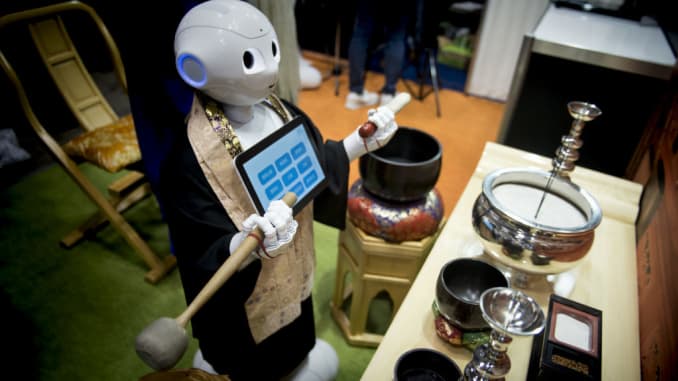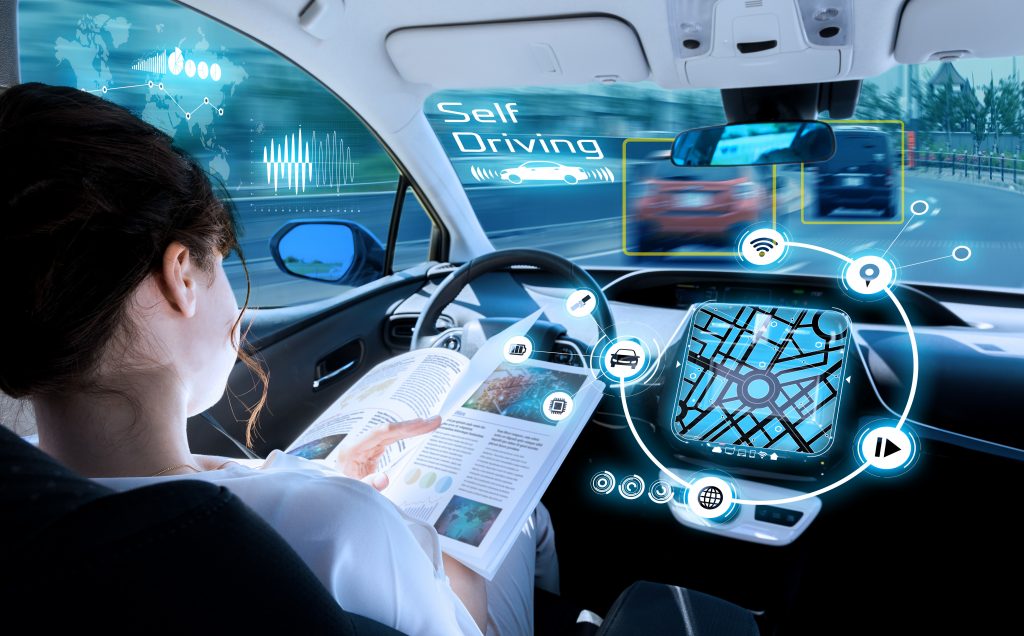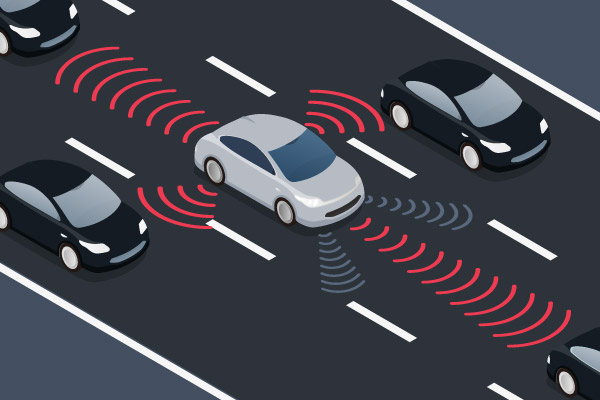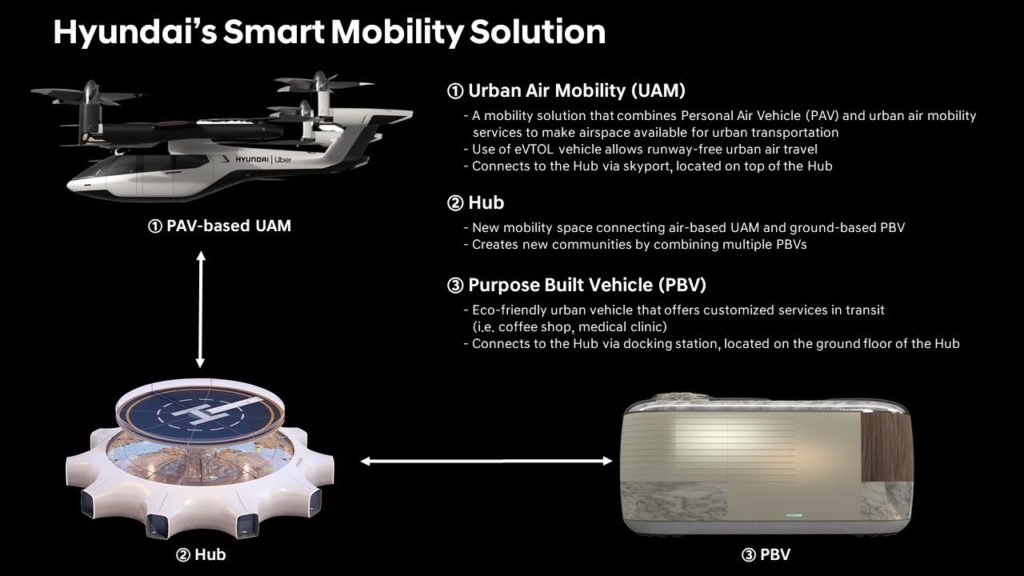
AI is fully embedded in everyday life and all areas of existence. Every day, our every choice about the ordered food or the post we liked in the social. the network affects the subsequent, progress has not spared religion either.
Muslims are delighted with apps like Muslim Pro, showing prayer times and sending notifications for sunset and sunrise. The Japanese have created a robot priest performing Buddhist rituals that cost 3 times less than human services.
Faith leaders are increasingly concerned with building humanoid machines, but the relationship between technology and religion has not always been smooth.
The fight against “machines” is divided into three stages: rejection, acceptance and adaptation. Due to the rapid development of technological progress, the initial negative reaction turns into support for the mainstream.

For example, a 400-year-old temple in Kyoto has a new priest named Mindar. Like other worshipers, he reads sermons and communicates with parishioners, although he has some features, such as a silicone metal case and the price of its exploitation (“services”) in a million dollars.
“Mindar’s metal skeleton is naked and I think this is an interesting choice – its creator, Hiroshi Ishiguro, is not trying to make something that looks completely human.”
Natasha Heller, assistant professor of Chinese religions at the University of
Virginia.
This statement provides a variety of technological influences on religious culture. Some believe that AI can interest the heavenly people, taking into account their interests and will become an object of worship itself, such as Anthony Lewandowski, who initiated a major lawsuit Uber / Waymo, which founded the first AI church called “Path of the Future.”
Others think that people tend to find their similarity in everything and the subsequent created machines will themselves determine their belonging to the culture, telling about their views and new possible religious visions.
Sources:
https://www.cnbc.com/2018/05/11/how-artificial-intelligence-is-shaping-religion-in-the-21st-century.html
https://www.vox.com/future-perfect/2019/9/9/20851753/ai-religion-robot-priest-mindar-buddhism-christianity











